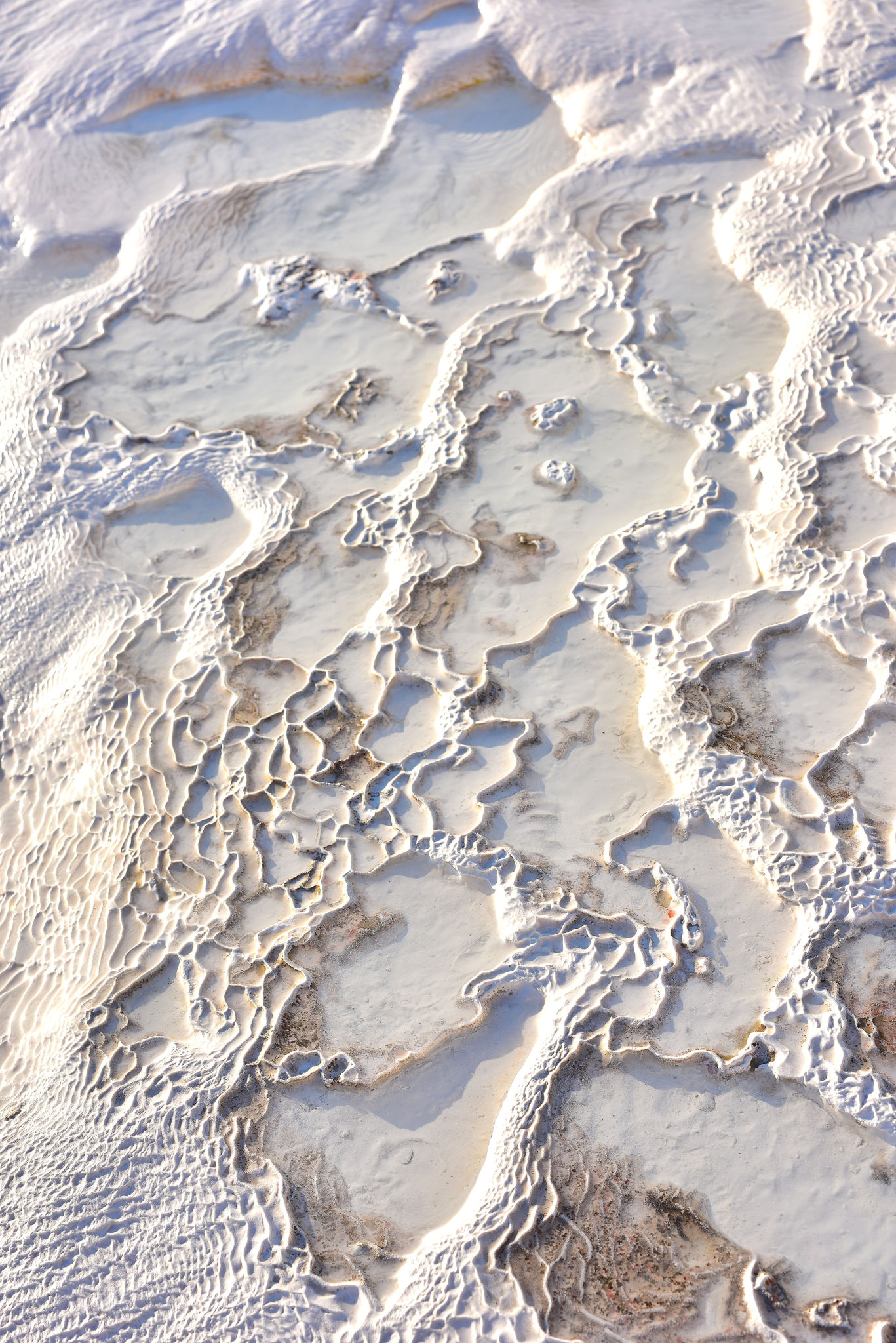Debunking Myths: Is Liquid Chalk Really Better Than Traditional Chalk for CrossFit?
The Rise of Liquid Chalk in CrossFit
In recent years, liquid chalk has gained significant popularity among CrossFit enthusiasts. This rise can be attributed to the convenience and efficacy it offers during high-intensity workouts. Unlike traditional chalk, which can create a dusty environment and require frequent reapplication, liquid chalk promises a cleaner and longer-lasting grip.
CrossFit athletes often face the challenge of maintaining a secure grip on bars, kettlebells, and other equipment during vigorous routines. Liquid chalk claims to provide a reliable solution by forming a thin layer on the skin that enhances friction without the mess associated with its traditional counterpart.

Understanding the Composition
Traditional chalk, primarily composed of magnesium carbonate, has been a staple in gyms for its ability to absorb sweat and improve grip. However, its powdery nature can lead to excessive dust and frequent reapplications during workouts.
Liquid chalk, on the other hand, combines magnesium carbonate with alcohol and a thickening agent. The alcohol helps it dry quickly on the skin, forming a durable layer that reduces the need for constant reapplication. This composition not only enhances grip but also minimizes the mess.
Benefits of Liquid Chalk
Many CrossFit athletes prefer liquid chalk for several reasons:
- Long-lasting grip: Liquid chalk reduces the need for frequent reapplication, allowing athletes to focus more on their performance.
- Less mess: It eliminates the dust clouds that traditional chalk often creates in gym environments.
- Hygiene: The alcohol content in liquid chalk can help reduce bacterial transfer between individuals sharing equipment.

Potential Drawbacks
Despite its advantages, liquid chalk is not without its drawbacks. Some athletes report an initial drying sensation on their hands, which can be uncomfortable for those with sensitive skin. Moreover, the alcohol content might cause irritation or exacerbate existing skin conditions for some users.
Additionally, while liquid chalk is effective in preventing excessive sweat buildup, its performance might vary based on individual perspiration levels and workout intensity. Athletes with particularly sweaty hands might still find themselves needing to reapply occasionally.
Considerations for CrossFit Athletes
When deciding between liquid and traditional chalk, CrossFit athletes should consider their specific needs and preferences. Factors such as skin sensitivity, workout intensity, and personal comfort should guide their choice.
For those who prioritize convenience and cleanliness, liquid chalk offers a compelling option. However, athletes who are accustomed to the feel and texture of traditional chalk might prefer to stick with what they know.

Conclusion: Personal Preference is Key
Ultimately, the decision between liquid and traditional chalk boils down to personal preference. Both forms of chalk have their unique benefits and limitations. While liquid chalk offers a modern solution with cleanliness and longevity, traditional chalk continues to be favored by purists who appreciate its simplicity and tactile feedback.
CrossFit athletes are encouraged to experiment with both options to determine which best suits their needs. By doing so, they can enhance their performance and ensure a safe and effective workout experience.